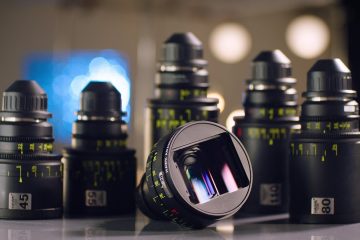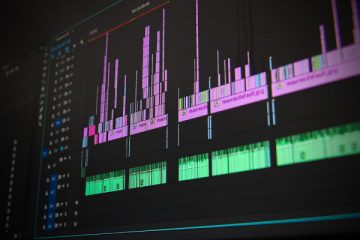The beginners guide to video production
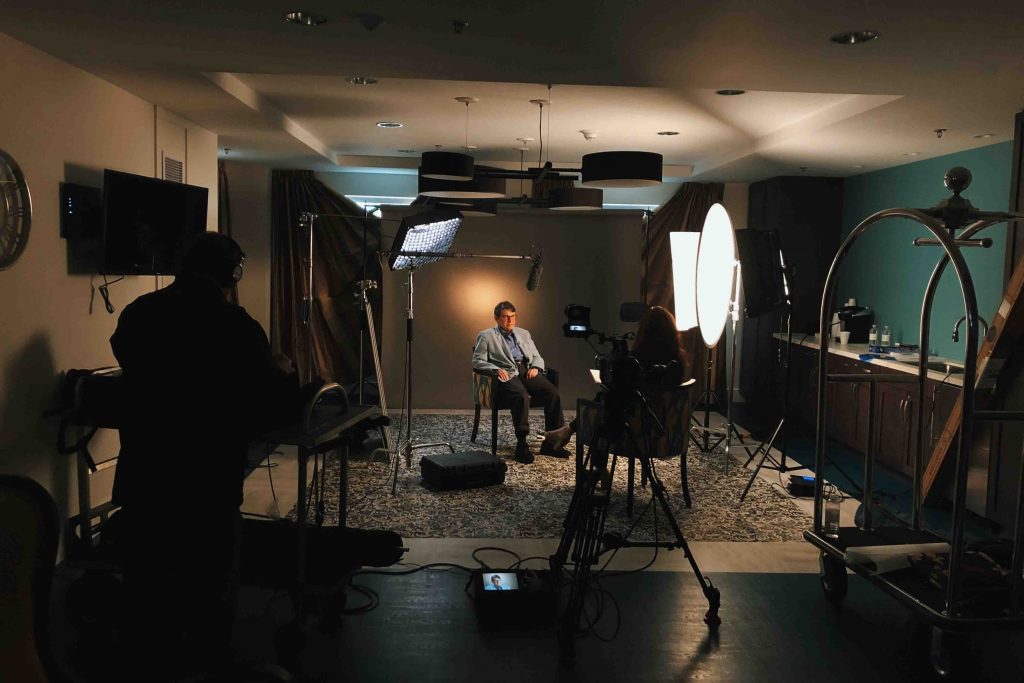
Video production can become a very complicated process with many moving variables that eventually affect the outcome of your project. However videos are very effective, and are necessary to completely capture your audience. This is why we created the beginners guide to video production.
For example, It is known that adding a video to your website can improve click through rates by 75%. Thats huge. Lets face it, people love videos.
Unfortunately its not as easy as picking up a camera and shooting, there are many steps to this process that begin even before you pick up the camera.
"Video production may seem like an easy process, but as soon as you start you realize you should have hired a professional."
Between planning a production and exporting the final video, a lot goes on behind the scenes. Over the years we have dealt with many different scenario’s and projects and wanted to make a definitive video production guide.
First, know your budget.
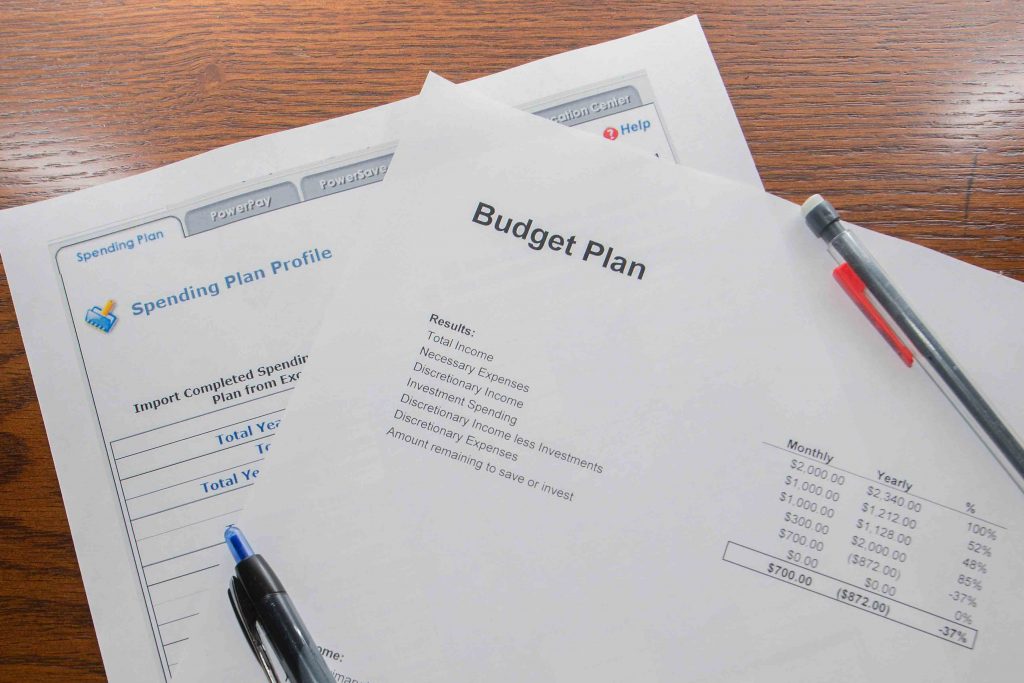
Video production is expensive, every little variable can affect costs and increase or decrease your budget. A rule of thumb is to always try asking your client for their budget. Everyone has an idea of what they are willing to spend, if you are able to get this from your client, you’ve won half the battle.
This budget will dictate how much you can throw at your project in terms of crew and equipment. Now that you have a number, you are able to start planning your shoot.
Why your client should disclose their video production budget.
It all starts with a brief
Before you can get started, you need to have an idea to build on. This idea needs to be based off a realistic budget. The stronger this idea, the more you have to work with and the more engaging this video will be.
If you’re the producer, you’re going to need to check with your client to see if they are looking to have you come up with this concept, or if they already have something written or scripted.
Many times a client will want to come up with the concept in order to save on costs, this often backfires and is rarely effective. Video production companies use professional copywriters and creative directors to conceptualize your video.
7 reasons to hire a professional video production company
A detailed brief not only contains you’r storyline, but it also contains location information, the “look” you are going for, and even details about where this video will be posted once it’s done.
Whether the video production company or the advertising agency is creating this brief, makes no difference. This will be the map that guides your production forward.
I have an idea, now what?
Youre going to need the right tools in order to plan this production. We suggest you use video production management software like Studio Binder.
Studio binder is good for developing story boards, screen writing, call sheets, shooting schedules and many more things. It is important to be organized so that you make sure you leave no stone unturned.
"Video production is like war. You need to plan, prepare, and arrive equipped or else you're going to lose."
Now that you have an idea, youre going to need to create a checklist by starting to ask yourself some of these questions:
- Is our location locked down?
- Any permits needed?
- Do we have all necessary crew members?
- How many deliverables do we have to edit?
- What is the due date?
Solve the puzzle

Now that you created a checklist (in order of importance), start checking off these items as you go along. Usually your most important tasks are those that have to do with securing your location or securing your shoot date. Things like permits, signing vendor contracts, ordering equipment in time, should be high up on your list.
There are a laundry list of things you need to check off your list before you are ready to move forward with setting a shoot date. Make sure you know who your available crew is, the available gear, and exactly how all those puzzle pieces will come together.
Set a date
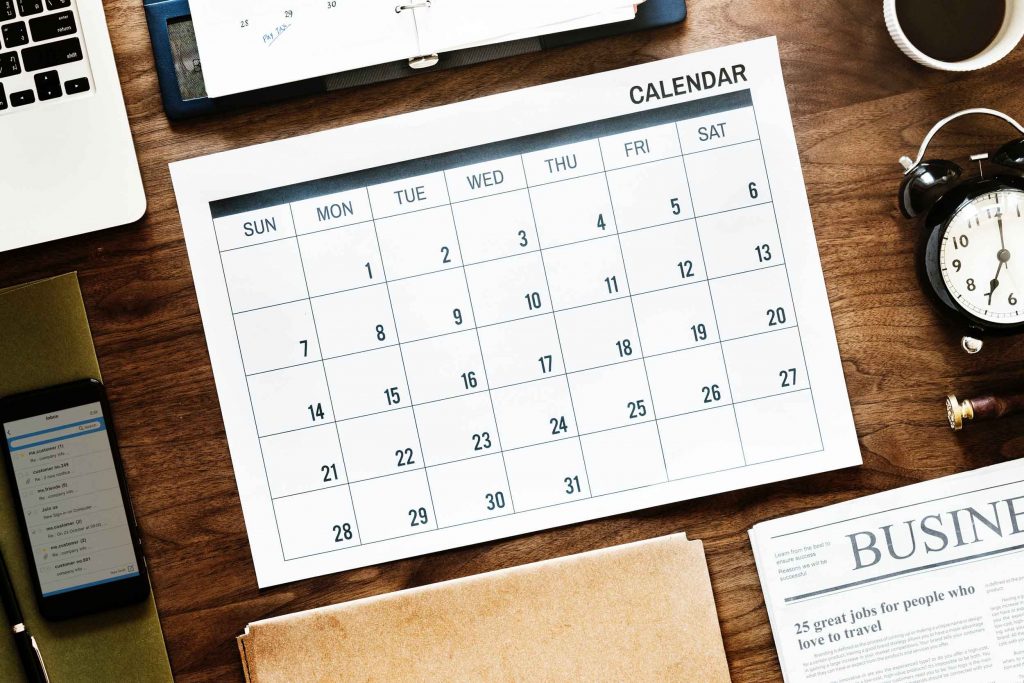
It’s time to set a date. First, this date needs to work with your client, all the crew involved, and also the talent. You should also take future weather forecasts into consideration, as well as any other local events that may interfere with your plan or location.
Make sure to also keep in mind the due date of your deliverables, you don’t want it to be too close to your shoot date or else you will not have enough time for post production.
MAKE SURE to speak to your client about a contingency plan. What happens if it rains on your shoot date? You need to plan for this and any other act of god that could potentially ruin your shoot date. General rule of thumb is to charge a 10% contingency fee that is then returned to your client if not used. This will help protect you from having to cancel a shoot last minute.
Create a call sheet
As producer, it’s your job to make sure that all the T’s are crossed and all the I’s are dotted. This includes sending out a call sheet the night before to make sure everyone is onboard with the plan and that everyone will arrive at time at the correct location.
Your call sheet should include the following:
- Call time (shoot start time)
- Address of the shooting location(s)
- Email and phone numbers of crew members involved
- A breakdown of the days schedule
Show up on set. Its shoot day.
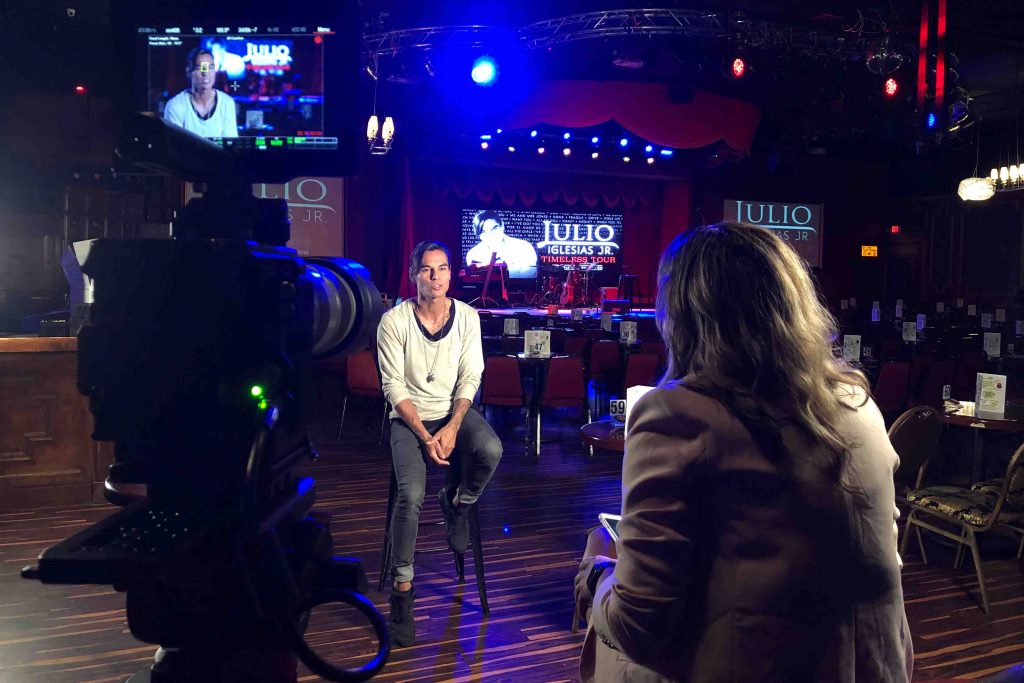
The day has come! If you have properly planned this production, and hired professional crew members that you trust, this should be the easy part.
Make sure to have water and snacks available for crew, talent, and client, as well as making sure you break on time for lunch. Your mission is to keep the crew happy, as well as the client. Having an experienced Assistant Director on set is what has helped us expertly navigate the harder shoots. They help you stay organized, on time, and on-line with your video brief and general plan. Do not overlook hiring an Assistant Director if you have a more complicated shoot ahead of you.
Important things to note on shoot day:
- Who’s backing up the footage?
- What time will your crew eat lunch?
- Is everything going according to plan?
- Is your client happy?
Post-Production
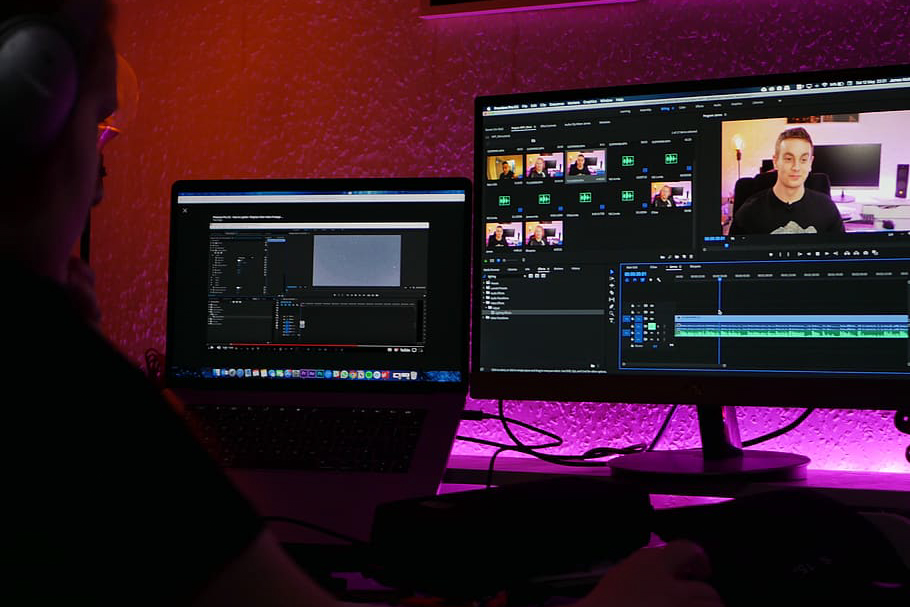
Post production is where it all comes together. This is where your idea starts to bloom and become something you can share with your client for feedback. Editing can be a long and tedious process, but one that’s impossible to ignore. This is where you’ll be able bend and mold your story, or even hide mistakes.
Hopefully you have been thinking of this edit since the very beginning, since shooting with the edit in mind is one of the best ways to make sure you end up with a cohesive story.
Before cutting your footage, make sure to organize (log) your footage. Let’s say you were shooting at a hospital and had 3 different scenes. The lobby, the emergency room, and the exterior. You will want to create a different bin for each scene. This will help you tremendously when it comes time to edit, as everything will be organized and easy to find. This is especially necessary when you have hundreds of clips. The last thing you want to do is spend 5 minutes looking for one clip. Avoid that mess and make sure you organize your video clips properly before starting.
The way you edit your video entirely depends on the piece of content you are creating. Are you editing a music video? are you editing a documentary? These are important things to think about before you determine the pacing of your video.
Finishing
Finishing your video could involve several steps, so make sure your client was happy with the final edit and is ready to move onto finishing. Completing these steps properly will only add to the production value of your piece. This is the icing on the cake and will set the pro’s apart from the amateurs.
These steps include:
- Motion Graphics / VFX
- Color Correction / Color Grading
- Audio Mixing / Sound Design
Motion Graphics & VFX
In post production is where you will also bring in your motion graphics or visual effects. Generally you may want to do this before Sound Mixing and Color Grading incase your visual effects contain sound files or need to be color corrected or graded in every way.
Generally your editor will use motion graphics editing programs such as Adobe After Effects, Cinema 4D, Maya, and others. It is important to remind your motion graphics editor of the final output frame size. If your video is going to be finished in 4k, they need to make sure to create these assets in 4K as well.
Color Correction / Grading
Color correction is where you fix color, contrast, saturation, and black levels to improve the general look of your image.
Color grading is when you are going after a certain “look” or “mood” in your color. You are more than just correcting these parameters, but you are drastically changing the entire look of the image further away from what the camera actually captured. Most narrative motion pictures you watch, have gone through a color grading process.
Audio Mixing & Sound Design
Lights, Camera, Action, but what about sound? Hopefully you captured quality sound on set with professional sound mixers, but now you need to sweeten that sound up to get the most out of it.
Sound design will make a HUGE difference in your video. Depending on the video of course, since a music video wouldn’t need sound design.
With sound design you are adding sound tracks to the video or even creating sounds from scratch using synthesizers or Foley. The person who would hand this is the sound designer. Make sure to get a good one.
Sound Mixing is the process of bringing all the audio elements together into one or more tracks and then adjusting levels, frequency and/or panoramic position. This is where 5.1 surround sound is created. The sound mixer is able to move sounds to where they are supposed to be to create and immersive experience.
The finish line
At this point you’ve reached the finish line. If you followed each one of these steps carefully, then your client should be happy too. No production is ever the same. Even if its “just another corporate video” it will involve its own set of challenges that you will need to overcome. Hopefully you’ve learned things along the way and can apply what you’ve learned onto your next production.
While video production may seem difficult at first, it only gets easier. The more you plan and the more you think ahead, the happier you will be with the end product.
If you need help with any part of the production process, feel free to reach out to us. We are a video production company based out of Miami and work on everything from corporate communications to high profile commercial video projects.
We would love to hear from you! Please let us know if this video production guide was helpful.

